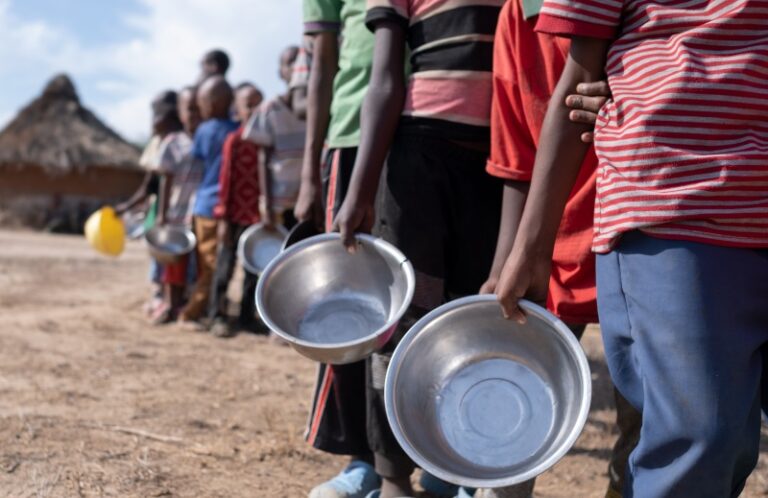The annual report, produced by the Food Security Information Network (FSIN), was launched today by the Global Network Against Food Crises (GNAFC) – an international alliance of the United Nations, the European Union, governmental and non-governmental agencies, report finds that around 258 million people in 58 countries and territories faced acute food insecurity at crisis or worse levels (IPC/CH Phase 3-5) in 2022, up from 193 million people in 53 countries and territories in 2021.
This is the highest number in the seven-year history of the report. However, much of this growth reflects an increase in the population analyzed. In 2022, the severity of acute food insecurity increased to 22.7%, from 21.3% in 2021, but remains unacceptably high and underscores a deteriorating trend in global acute food insecurity.
“More than a quarter of a billion people are now facing acute levels of hunger, and some are on the brink of starvation. That’s unconscionable,” UN Secretary-General António Guterres wrote in the report’s foreword.
He added that “This seventh edition of the Global Report on Food Crises is a stinging indictment of humanity’s failure to make progress towards Sustainable Development Goal 2 to end hunger and achieve food security and improved nutrition for all.”
According to the report, more than 40% of the population in IPC/CH Phase 3 or above resided in just five countries – Afghanistan, the Democratic Republic of the Congo, Ethiopia, parts of Nigeria (21 states and the Federal Capital Territory – FCT), and Yemen.
People in seven countries faced starvation and destitution, or catastrophe levels of acute hunger (IPC/CH Phase 5) at some point during 2022.
More than half of those were in Somalia (57%), while such extreme circumstances also occurred in Afghanistan, Burkina Faso, Haiti (for the first time in the history of the country), Nigeria, South Sudan and Yemen.
Additionally, in 30 of the 42 main food crises contexts analyzed in the report, over 35 million children under five years of age suffered from wasting or acute malnutrition, with 9.2 million of them with severe wasting, the most life-threatening form of undernutrition and a major contributor to increased child mortality.
Economic shocks (including the socioeconomic impacts of COVID-19 and the repercussions of the war in Ukraine) became the main driver in 27 countries with 83.9 million people in IPC/CH Phase 3 or above or equivalent – up from 30.2 million people in 21 countries in 2021.
According to 2023 projections available for 38 of the 58 countries/territories as of March 2023, up to 153 million people (or 18 percent of the analyzed population) will be in IPC/CH Phase 3 or above. In addition, around 310 000 people are projected to be in IPC/CH Phase 5 across six countries – Burkina Faso, Haiti, Mali, parts of Nigeria (26 states and the FCT), Somalia and South Sudan, with almost three quarters of them in Somalia.
pll/ro/ifs










